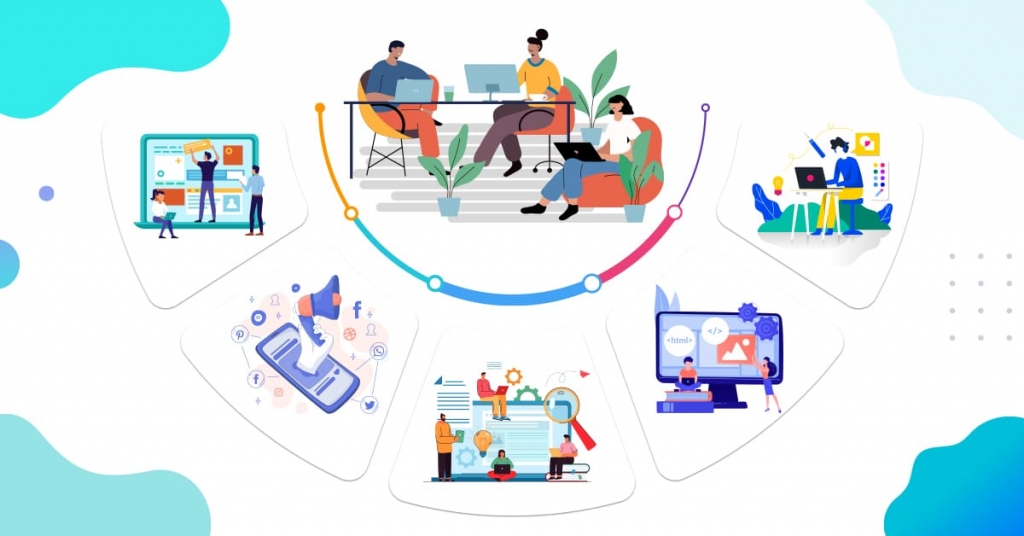Apple’s iPhone OS and that of Google’s Android have a lot of similarity, yet are different in features. Both are Linux-based operating system meant for Smartphones that are increasingly being used by people the world over. However, the iPhone’s operating system appears to be somewhat like a water-tight chamber. It has strictly been developed by Apple, only for Apple products. In other words, the only Smartphones that would ever run it are made by Apple Inc of Cupertino, California, USA.
Android, on the other hand, is open for multiple Smartphones. Even though being primarily developed by Google, along with the help of a number of companies (Open Handset Alliance) it caters to the needs of many other Smartphones that are built by other companies. However, both are loaded with advantages and disadvantages that are being listed below.
iPhone: Closed System
It goes without saying that Apple’s iOS is the trendiest operating system that is currently being run all over our lonely planet. Apart from the facilities it confers on the developers, this world-renowned OS has the blessings of the dear departed tech guru Steve Jobs.Even though some eyebrows may be raised on account of the closed system phenomenon, this OS can be compared to the silver linings that are often found in dark cumulus cloud. It appears in the form of developers that target the OS for a specific group of devices. And since Apple precisely knows what the hardware running its OS is likely to be, it just tweaks the OS to make it run as smoothly on that hardware as far as possible.
So far as the disadvantage of a closed platform is concerned, it boils down to the fact that limited inputs lead to limited devices. For instance, if you are looking for a Smartphone with memory card slot, iPhone would not suit your purpose because Apple products are equipped with built-in memory and so are devoid of memory card slots.
Android: Open System
Thankfully, Google and its cohorts have successfully created a totally open operating system for Smartphones that are created from one corner of this universe to the other. As it also features open source, anyone can take a peek at the source code. However, the innate power of this widely popular operating system lies in allowing immense number of people and companies to collaborate on this OS. What’s more, anyone (read Company) who intends to create a Smartphone based on Android can go ahead without paying any license fee, as also modify the software in whatever way that suits its express needs.However, the flip side for this much publicized OS includes the following issues:
Streaming
Even though it uses a buffer size covering a fixed number of bytes but has no fixed amount of time. This often leads to pretty low rate streams taking unduly long time to start playing the content
Unresponsive Contact App
In certain contact restore situations (for example, user has numerous contacts with all details filled in) the Android operating system’s (OS) contact app becomes unresponsive. This is due to the lack of memory allocated to contacts and messages by the OS.
Network Issues With Samsung Galaxy S+
Network problems with Samsung Galaxy S+ using younited app for Android have often been reported. The app is also liable to crash at the time of signing in as also when uploading new files to the account.
In-app Purchase Does not Work With Android Market
To make In-app purchases, the Play Store app must be installed to the device used. The in-app purchase isn’t supported with Android Market.
Bottom Line
With Apple iPhone, you get what you want and get to do what Steve Jobs wanted you to do with it. With Android, you get what you want and you get to do what you want with it!
